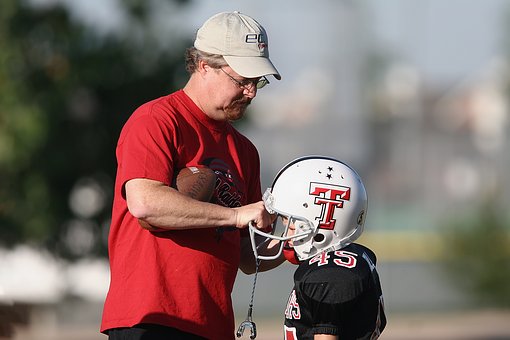what have i done for my child to be born like this?

what have i done for my child to be born like this
?Gastroschisis is a condition where a baby develops a defect (hole) in the abdominal wall, (usually on the right side of the umbilical cord) during the development in their mothers womb. The bowl escapes through the hole and then continues to develop on the outside of the baby's abdomen. Approximately this happens once in seven thousand births. There is also an increase chance that a baby with this a baby that has the defect will be born prematurely and small.
Gastroschisis may be suspected when the alpha feto protein (AFP) blood work is elevated. This blood test may also be referred to as a "triple screen." The diagnosis is confirmed by ultrasound. With ultrasound, the bowel and perhaps the liver will be seen floating in the amniotic fluid. Your obstetrician will most likely refer you to a specialist that handles high-risk pregnancies. These doctors are called perinatologists. Delivery is scheduled between 35 to 37 weeks' gestation because of the increased risk for stillbirth. Labor is usually induced.
The treatment for this defect is carefully planned by specialist consultants who are able to answer questions and concerns related to the condition, a baby will undergo an operation soon after birth to repair this defect followed by admittance to a special baby care unit for the close monitoring of the baby.
When babies have only a small amount of intestine outside the abdominal wall, one operation can often correct the problem. About two-thirds of gastroschisis patients fall into this category. The surgeons simply return the intestine to the abdominal cavity and close the hole.
If the amount of bowel outside the abdomen is large or if the baby's condition is unstable, the repair may need to be staged (done in several steps) over three to ten days. A Silastic (silicone plastic) pouch is first placed over the baby's exposed bowel and anchored to the surrounding muscle. Each day, the pouch is tightened to push the intestine back into the abdominal cavity. When the intestine is back in its proper place within the abdomen, the pouch is removed and the opening is surgically closed. Some babies may need the help of a ventilator during this time.
In most babies, the long-term prognosis is very good. However, some babies may develop a condition known as short gut. These babies usually have sustained injuries to the bowel due to direct contact between the intestines and amniotic fluid, or due to the intestine being twisted or damaged in some way during fetal development or delivery. Diarrhea, slow weight gain, and deficiencies of essential vitamins and minerals characterize this condition. Babies with short gut may require a prolonged course of intravenous nutrition delivered at the hospital or at home, and will need to be closely monitored by a pediatric surgeon, pediatric gastroenterologist, and primary care physician.
Gastroschisis is not commonly associated with any other birth defects. It is usually an isolated defect. Gastroschisis is usually not associated with chromosome disorders. The only problems that are common with these babies are related to their gastrointestinal system. Approximately 20 to 40 percentwill have some type of gastrointestinal abnormality such as: malrotation (bowel is not in correct position), atresia (passage is blocked), volvulus (twisting of the bowel, blood supply can be cut off), or infarction (blood supply has been cut off and that area will be damaged).
Babies with gastroschisis are at an increased risk for stillbirth. The incidence of stillbirth is approximately 10 percent. These babies will oftenbe smaller than normally expected. It is estimated that as many as 75 percentwill be classified as growth restricted. This means the baby weighs less than we would expect for the gestational age.
Through current study it is known that the Gastroschisis condition has very few other complications and is considered a sporadic condition which rarely repeats in other pregnancies which seems to eliminate a genetic condition.
http://www.articlesbase.com/diseases-and-conditions-articles/what-have-i-done-for-my-child-to-be-born-like-this-3705453.html Leather Beds And Bunk Beds Are Good For Kids Attention Deficit Hyperactivity Disorder - Deciding What Is Right For Your Child ADHD Children - Parenting Them Does Not Have To Be A Nightmare! Hyperactivity Disorder - Getting The Facts Before You Decide Which Treatment Is Best For Your Child Youngsters Costume Concepts - The Best Toddler and Young children Costumes for Halloween 9 Weight Loss Tips for Teenage Girls Find out What Is in the Best Interest of the Child in a Child Custody Case Childhood Stories are Inspiration for Bushy Tail Squirrel's First Day Out Are Bedwetting Alarms Safe For Your Child? Buy The Cutest Baby Boy Clothes Advice For Parents - Understanding Teen Depression Childress Has Earned Chance to hold out Job With Vikings How to Take Care of Battery Operated Riding Toy for Kids